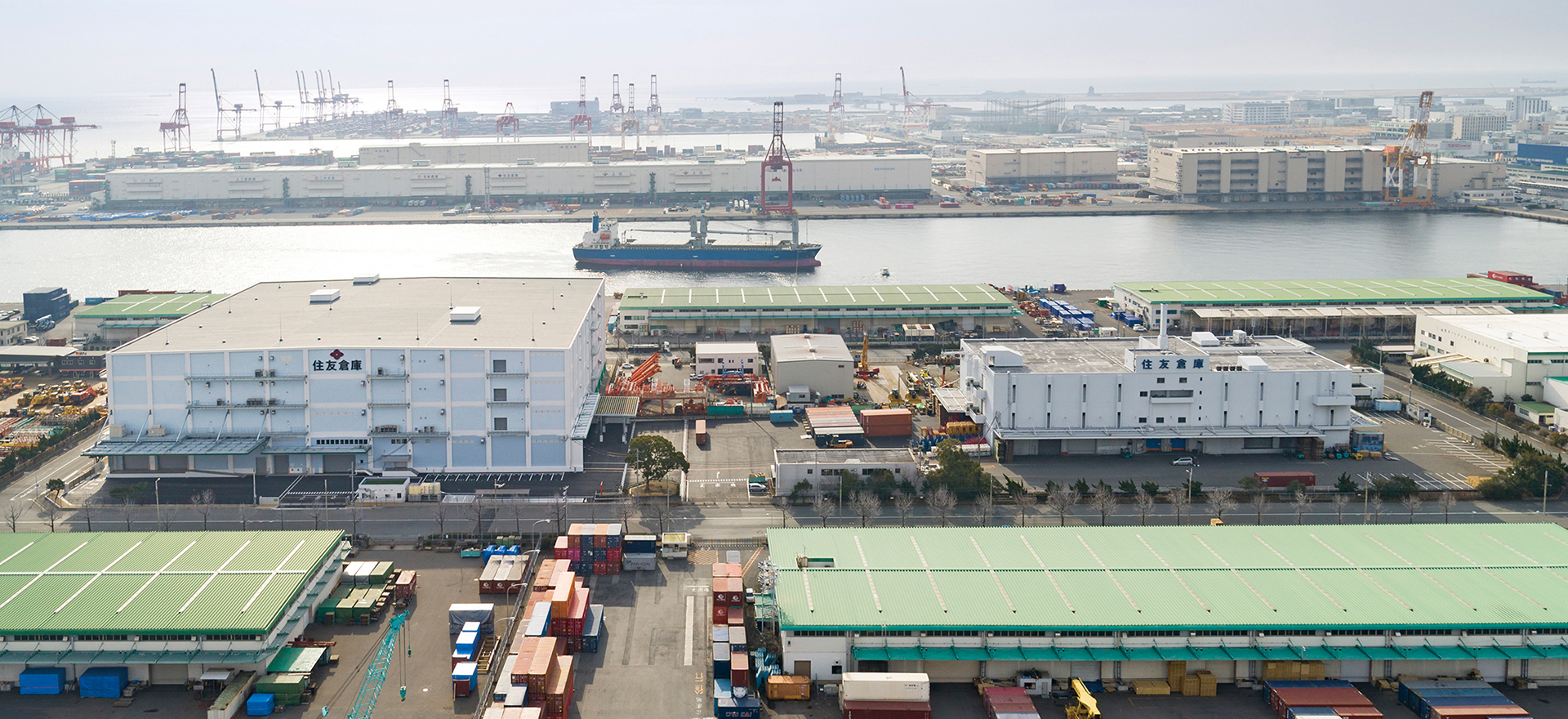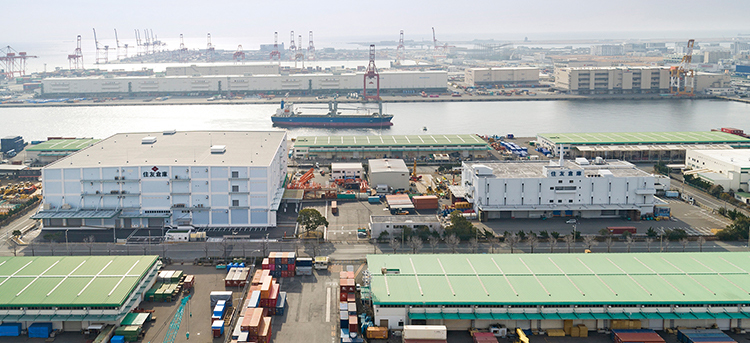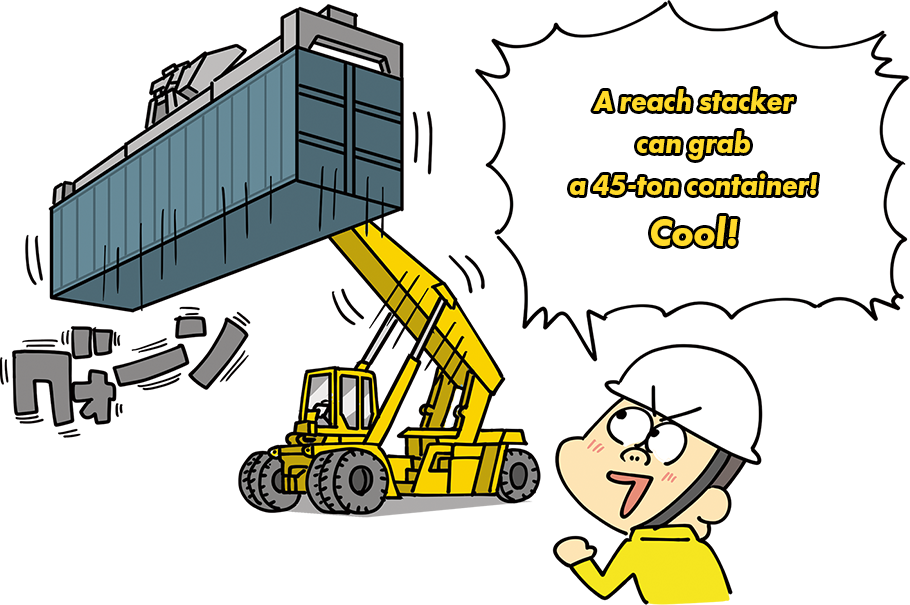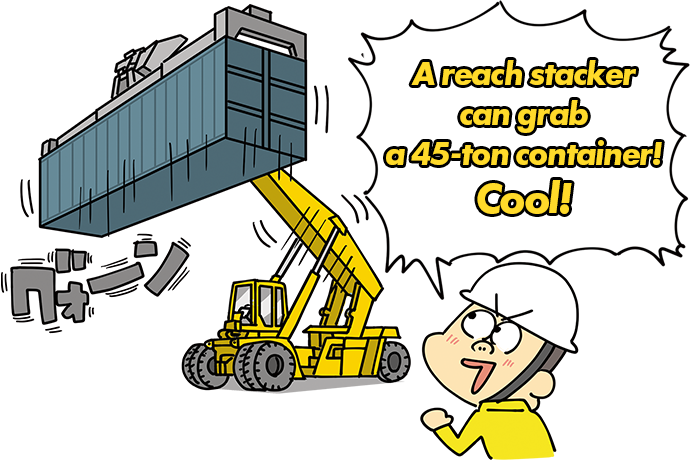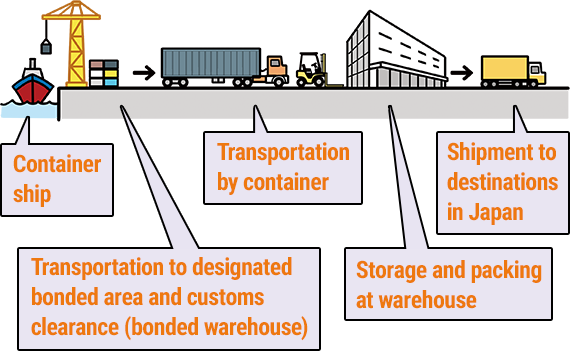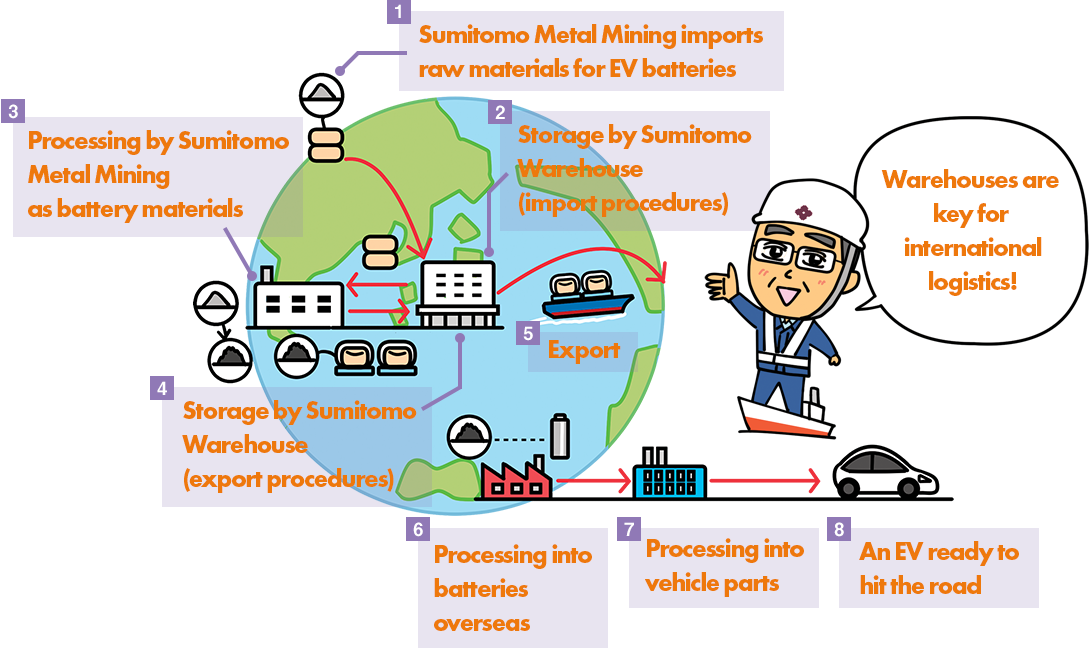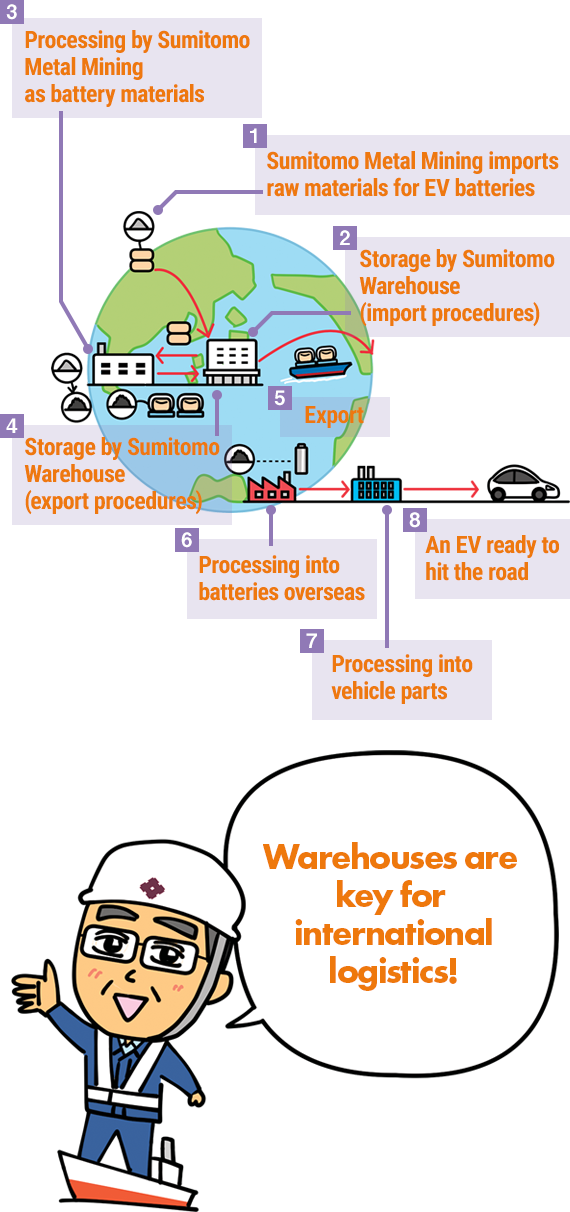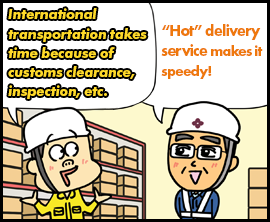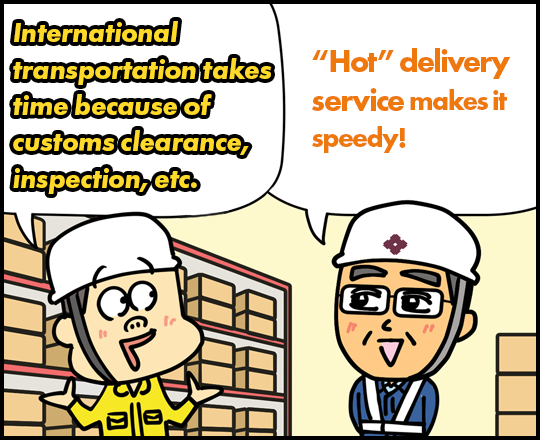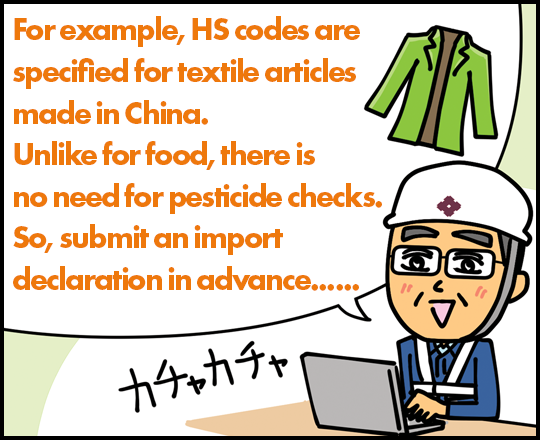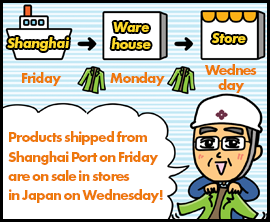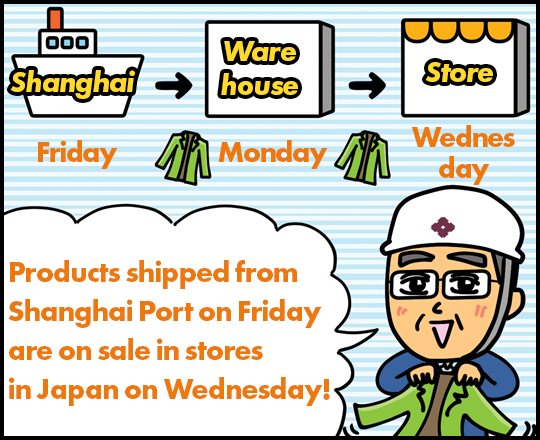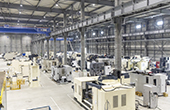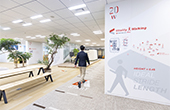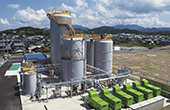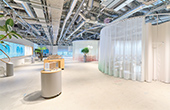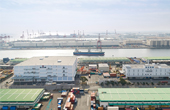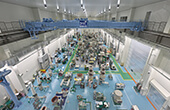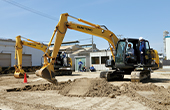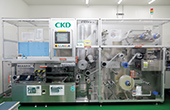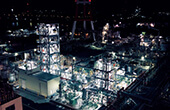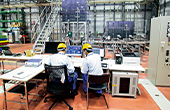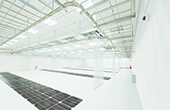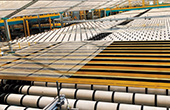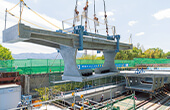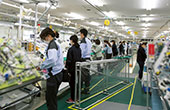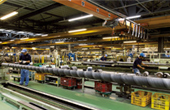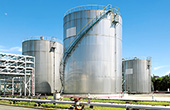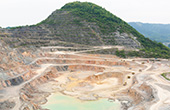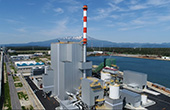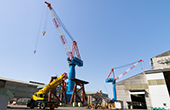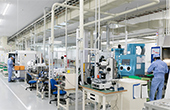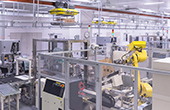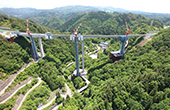The large windowless warehouses found at ports are a vital link in the chain of international logistics, not least in Japan where more than 99% of cargo imported to and exported from the country is transported by ship. Today, we are visiting Sumitomo Warehouse’s new warehouse that opened in 2021 on Port Island in Kobe, to see for ourselves what a cutting-edge international logistics hub is all about.
Sumitomo Warehouse’s international transportation business goes back several decades to 1959, when the company formed a business alliance with a U.S. partner. The opening of a representative office in San Francisco in 1972 signaled full-scale entry to overseas markets. Ever since, the company has been steadily expanding its overseas network, which comprises 21 local subsidiaries (as of December 31, 2022) that operate many offices and warehouses in major countries and regions worldwide, encompassing Europe, Southeast Asia, China, the Middle East and beyond.
Sumitomo Warehouse’s heft in international logistics is backed by a wealth of experience. Because the company is so well versed in the regulations concerning logistics of countries around the world, it can arrange international transportation to meet the diverse and exacting needs of its numerous customers. “Think of us as a travel agency for cargo,” says Mr. Keita Nishimura, Manager of Chuo Logistics Center at Kobe Branch. He sketches the company’s business flow for us, using imported cargo as an example.
First, a cargo ship berths at a port and the cargo is unloaded from the ship to a container yard in a bonded area. For customs clearance, procedures must be followed in accordance with not only the Customs Act but also various other laws, such as the Food Sanitation Act and the Plant Protection Act. A registered customs specialist prepares the necessary documentation and files import and tax declarations with customs. If cargo is subject to inspection by customs or quarantine, prior to customs clearance the cargo may be placed in a warehouse authorized by customs so that specimens can be taken from the containers.
Mr. Nishimura explains: “After customs clearance, we keep most cargo in our warehouse as domestic inventory and transport freight to destinations according to customers’ instructions. Our role is by no means limited to the storage of freight in our warehouses, since we also handle related matters before and after storage. We respond flexibly to customer needs. For example, if a customer wants to pick up its freight ASAP, we can arrange for customs screening to be completed in advance by submitting the documents necessary for customs clearance before the cargo arrives in Japan.”
In the case of apparel, if the cargo is loaded on a ship leaving China on Friday night, customs clearance is completed as soon as it arrives at the Japanese port on the following Monday morning. We can sort the apparel at the warehouse and ship it that day so you can walk into a store and buy it on Wednesday. That’s fast fashion!
I am shown around the new warehouse. “The former warehouse, opened in 1926, gave sterling service for 95 years, surviving the ravages of war and natural disasters, notably the Great Hanshin-Awaji Earthquake of 1995. The new warehouse is designed to withstand natural disasters, such as earthquakes and typhoons so that it can serve our customers for the next 100 years,” says Mr. Nishimura. Piles were driven deep into the bedrock, a method offering greater earthquake resistance and durability than the conventional method was adopted, and an emergency power generator is installed on the second floor to avoid damage in the event of tidal surges and the like. The new warehouse is also equipped with flood barriers. The new warehouse is big, with a capacity roughly 1.7 times that of the old one, making it one of the largest in Kobe’s port district. It has a distinctive design, featuring few openings and a unique layout so that vehicles actually enter the facility along a route leading to the center of the first floor of the warehouse. Because cargo can be loaded and unloaded indoors, operations are carried out systematically regardless of weather conditions.
The second floor is a temperature-controlled zone where the temperature is kept at the level required by the customer. Demand for temperature-controlled warehousing has been rising in recent years. We see huge quantities of soybeans and other foodstuffs stored in the temperature-controlled zone. To prevent smell contamination, the zone is partitioned for foodstuffs.
The third floor is used for storage of bedding and other household goods. It also accommodates a distribution center where products are inspected before shipment. On the fourth floor, small machine parts and food additives are stored. The warehouse can handle shipments in quantities as small as one or two pieces. It is a vitally important facility fulfilling many roles, ranging from customs clearance to storage and distribution.
Lastly, I ask Mr. Nishimura what it feels like to be involved in international logistics. He replies, “As for transactions with other Sumitomo Group companies, for example, we handle customs clearance of EV battery raw materials imported by Sumitomo Metal Mining. We are in charge of their storage and transportation to the manufacturing plant where the materials are processed and then exported to battery manufacturers overseas via us. When I see electric vehicles on the street, I feel very much part of a complex collaborative global endeavor.” It really makes me realize that I am living in an interconnected world.

 EN
EN
